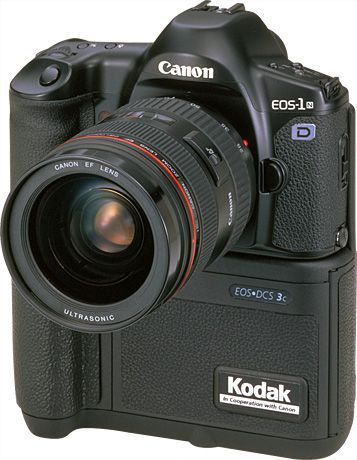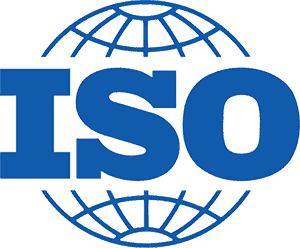Back in 1996 one of my first professional digital photography assignments was for Qantas. Commissioned by an ad agency the brief was to create a visual catalog for Qantas. The printed book would assist ground staff replenishing aircraft to identify anything from a souvenir tie pin to a food trolley and was for use at all Qantas worldwide depots. It required photography of 10 000 Qantas Catering items over 10 days in six locations around Sydney.
The agency won the bid in part by pitching it be photographed on a new medium: digital capture. Apart from the “speed” of digital there were substantial cost savings by eliminating film scanning. The camera was tethered to a laptop computer and images were imported directly into Photoshop as they were captured.

At the time Kodak with Canon had just released their new professional camera, the Kodak DSC3c. It offered a groundbreaking 1.3 megapixel sensor for AUS$30 000! Aimed at the media the Kodak DSC3c camera had an immediacy that newspapers needed. At 1.3 megapixels it had enough resolution for newsprint but for commercial photography, film still had a clear advantage in terms of quality. However for Qantas the images would be reproduced small so file sizes weren’t an issue.
When photographing commercially with film often I’d shoot a Polaroid to test lighting or to show the client what the image would be like. Polaroids take two minutes to process before peeling apart to reveal the print. Ironically when I shot with the Kodak DSC3c it would take the same two minutes for the image to open up in Photoshop after each capture! Maybe it was Kodak’s sense of humour.
With the Qantas job completed on time the agency found yet more cost savings by not printing the catalogs but instead creating interactive CD-ROMs. Far cheaper to produce and distribute. We went on to create more catalogs for Qantas.

This was the beginning of my long and continuing adventure in professional digital photography. After Qantas came more jobs, more cameras, some hybrid analog/digital systems and a new journey. While not a digital pioneer I was amongst the first to identify the need for quality standards and that led me to be part of creating and facilitating international photographic digital imaging standards used today.